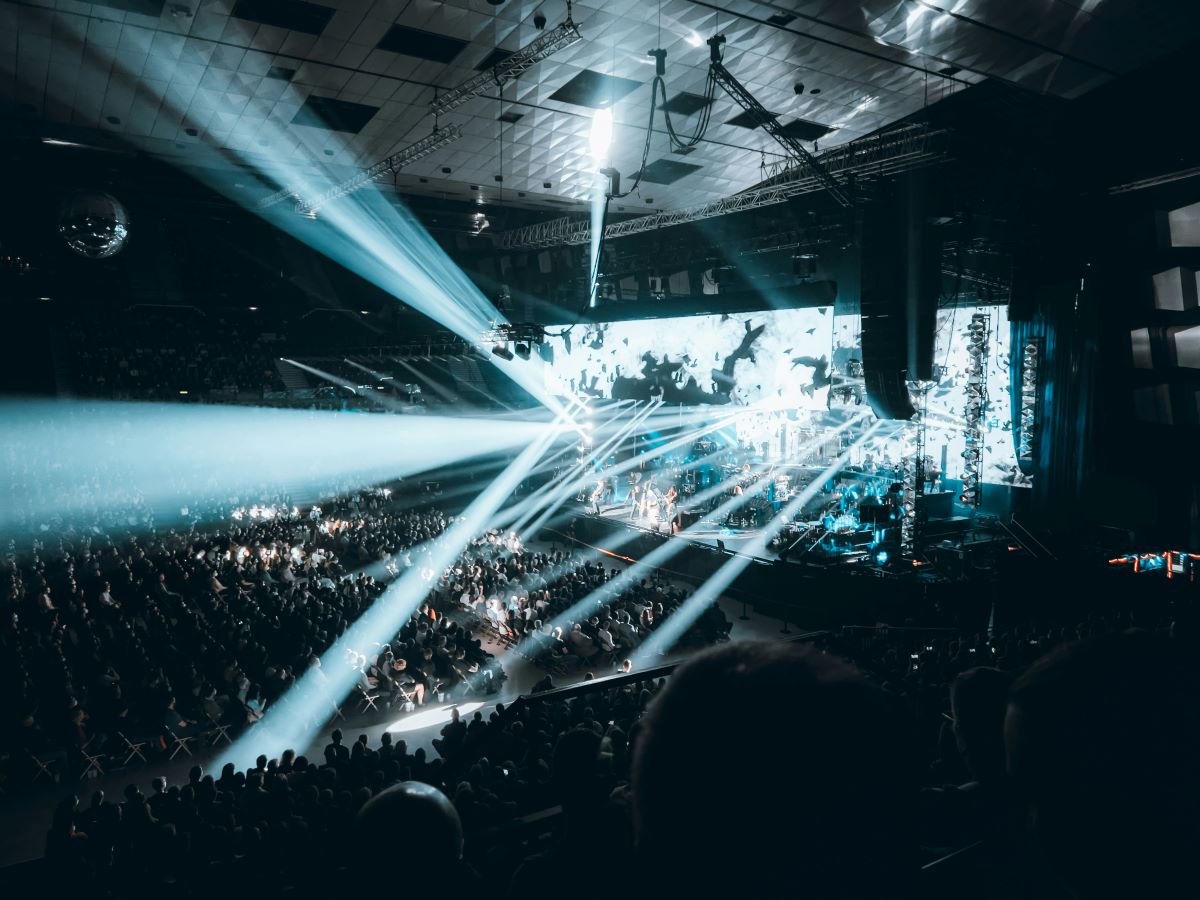In today¡¯s fast-paced digital environments, LED displays do more than show content. They enhance space, attract attention, and guide audiences. As demand grows for immersive digital displays in high-traffic zones¡ªsuch as shopping malls, airports, metro stations, and exhibition halls¡ªdurability becomes a crucial factor.In combination with these conditions, LED display for advertising It can still let us see good development and bring fresh vitality to the whole market. https://www.xvisuallive.com/
While flexible LED display panels offer design freedom, many ask the same question:
Are they durable enough for crowded, high-touch spaces?
This article explores the core materials, build quality, protective measures, and operational durability of flexible LED display panels in demanding conditions.
1. High-Traffic Spaces Need More Than Just Style
High-traffic zones put display screens under constant pressure. Footfall, physical contact, accidental impact, cleaning routines, and environmental exposure all stress screen surfaces.
Traditional rigid displays often:
Crack under pressure
Detach from mounts
Accumulate dirt and wear
Suffer from LED failures
In contrast, flexible LED panels are gaining traction due to their:
Lightweight and pliable form
Seamless integration into curved spaces
Lower risk of mechanical damage
Reduced need for bulky support structures
But to be used widely in public environments, they must withstand real-world physical challenges.
2. Defining Durability in LED Panel Terms
In LED display engineering, durability is not just longevity. It involves resistance to:
Mechanical shock
Surface wear
Moisture and humidity
UV exposure
Temperature fluctuations
Vibrations and repetitive movement
Long-hour operations
Each of these factors becomes amplified in high-traffic environments, such as:
Stadium concourses
Subway platforms
Shopping centers
Interactive exhibition zones
Airport terminals
Let¡¯s break down how flexible LED panels measure up.